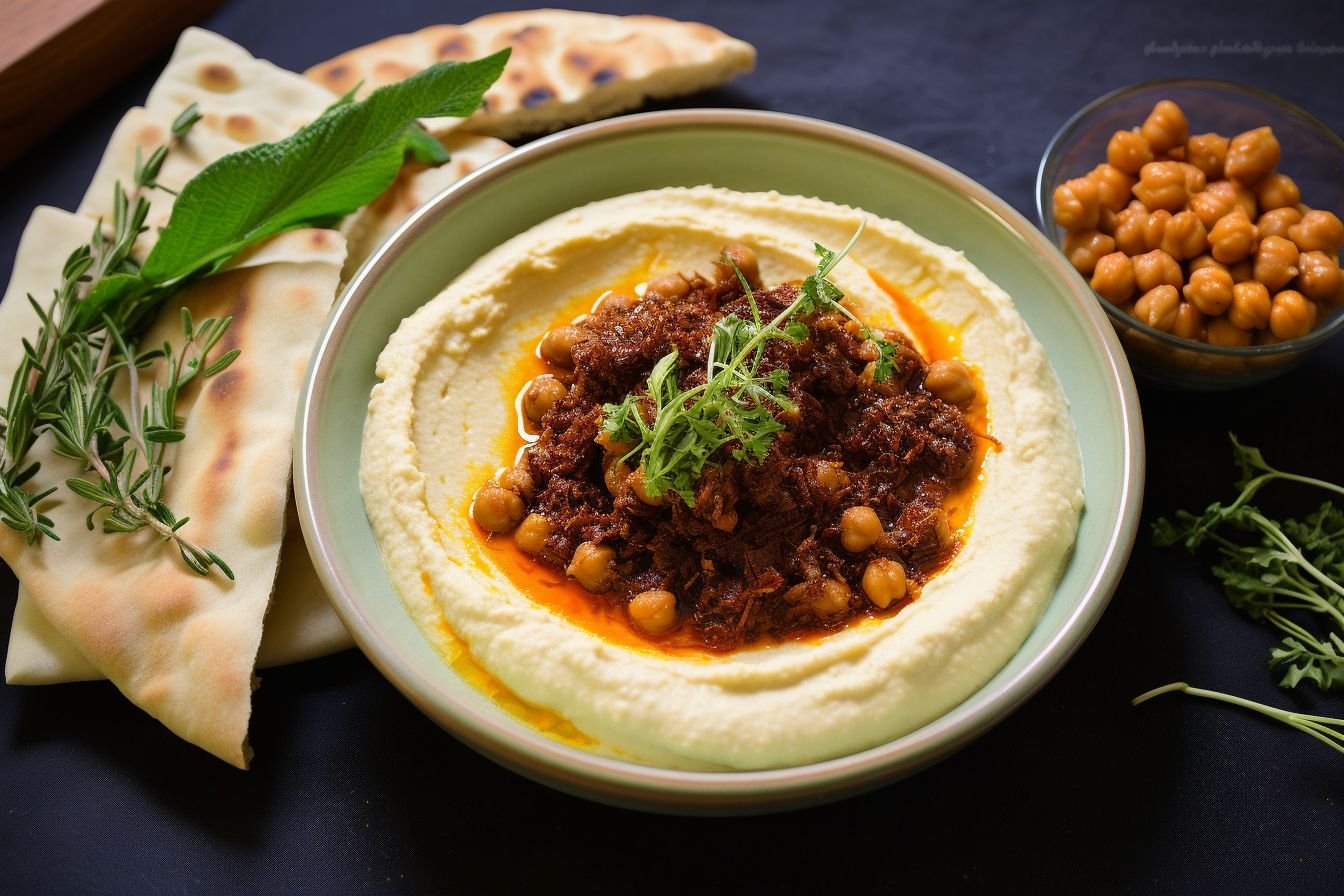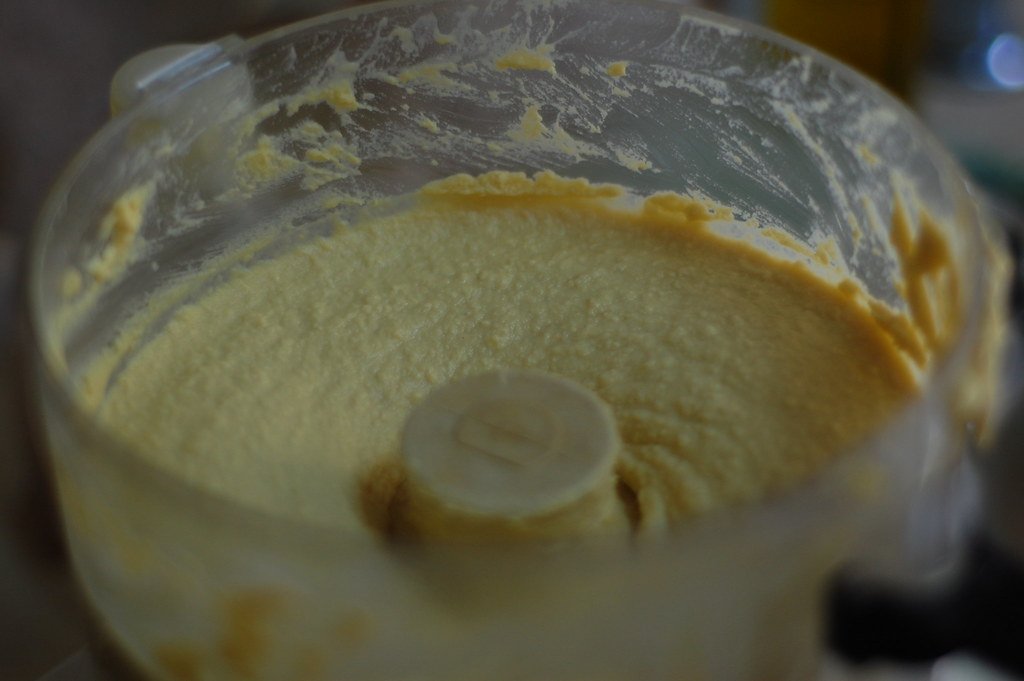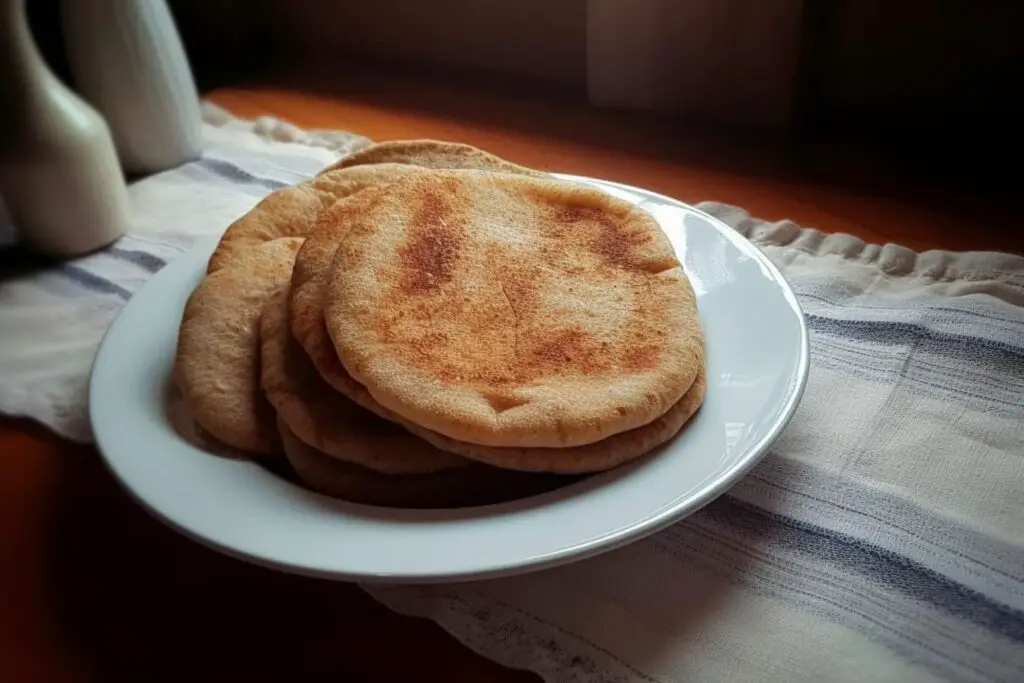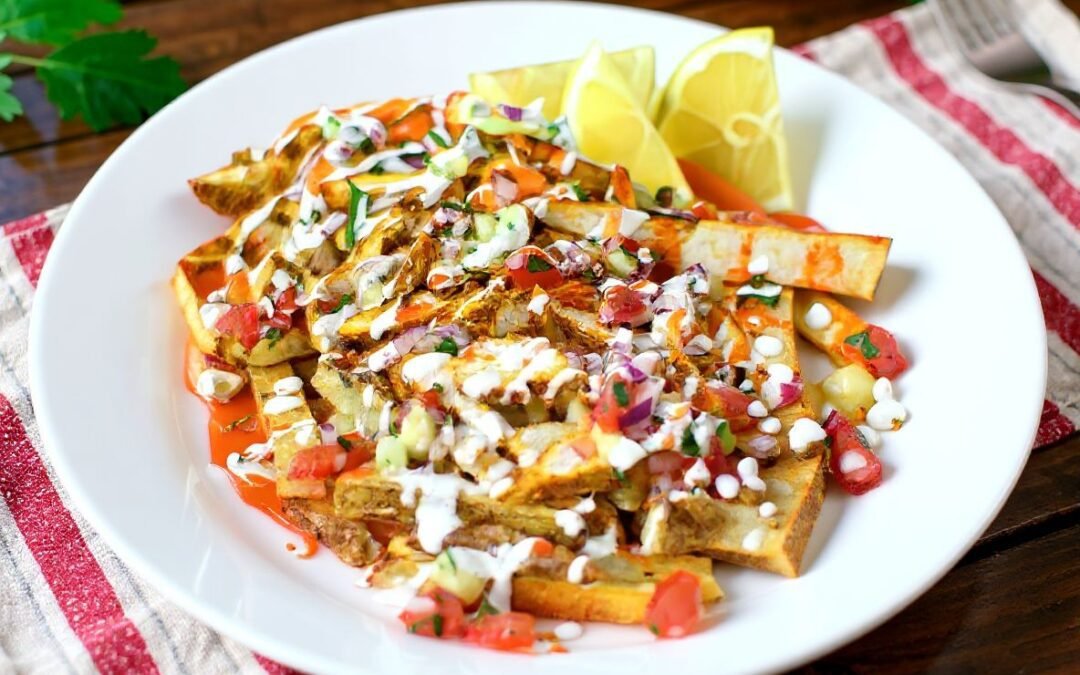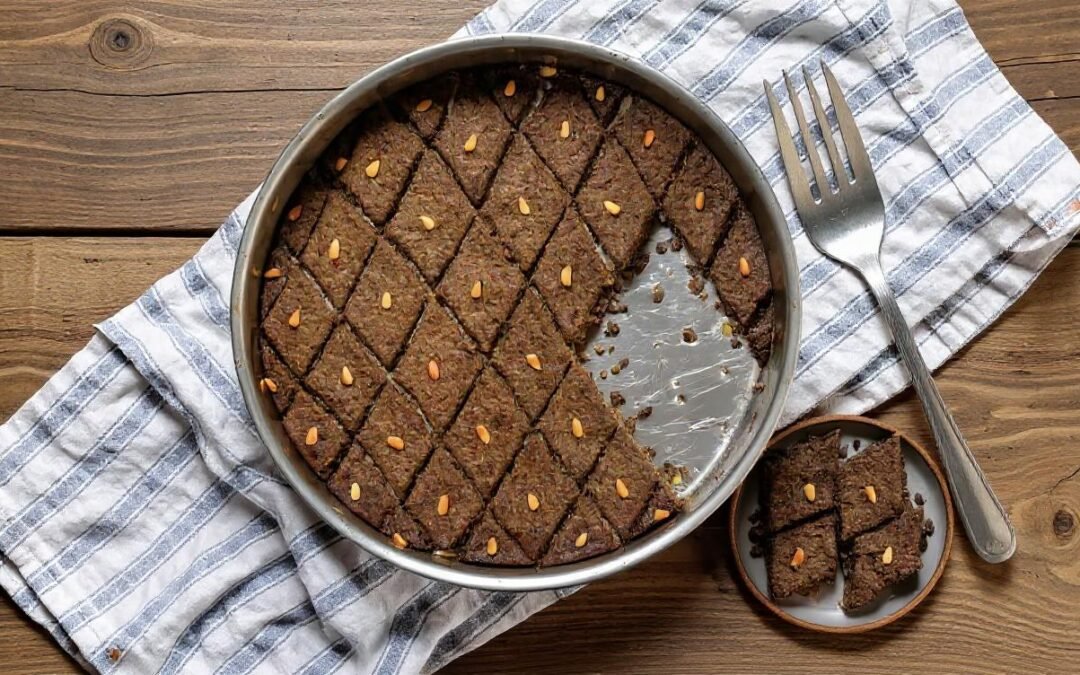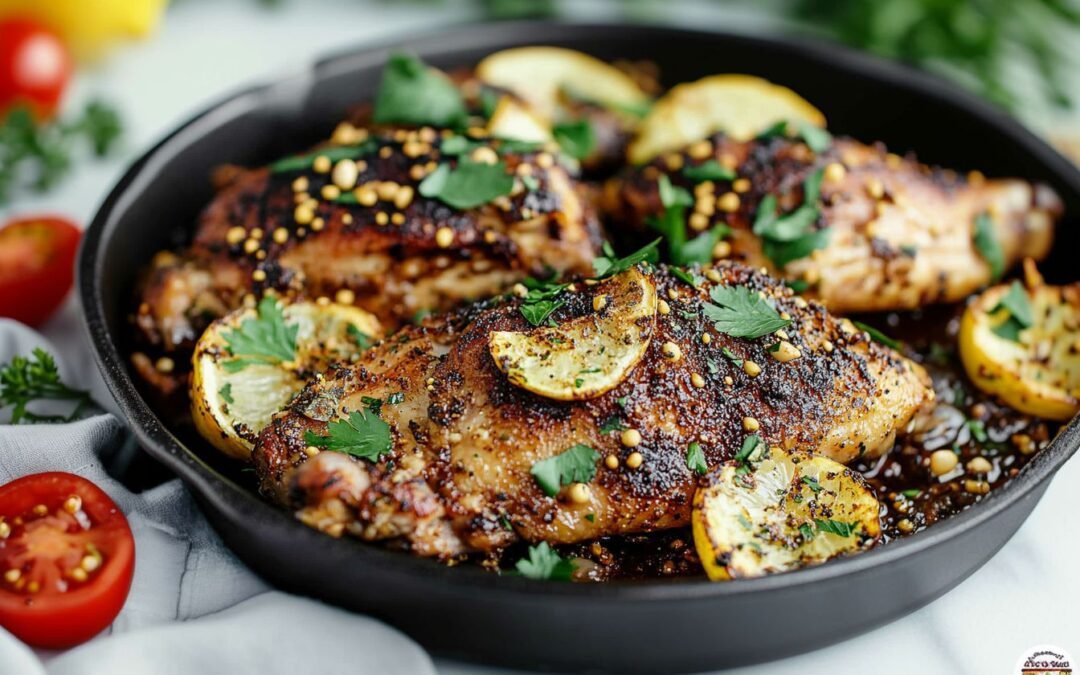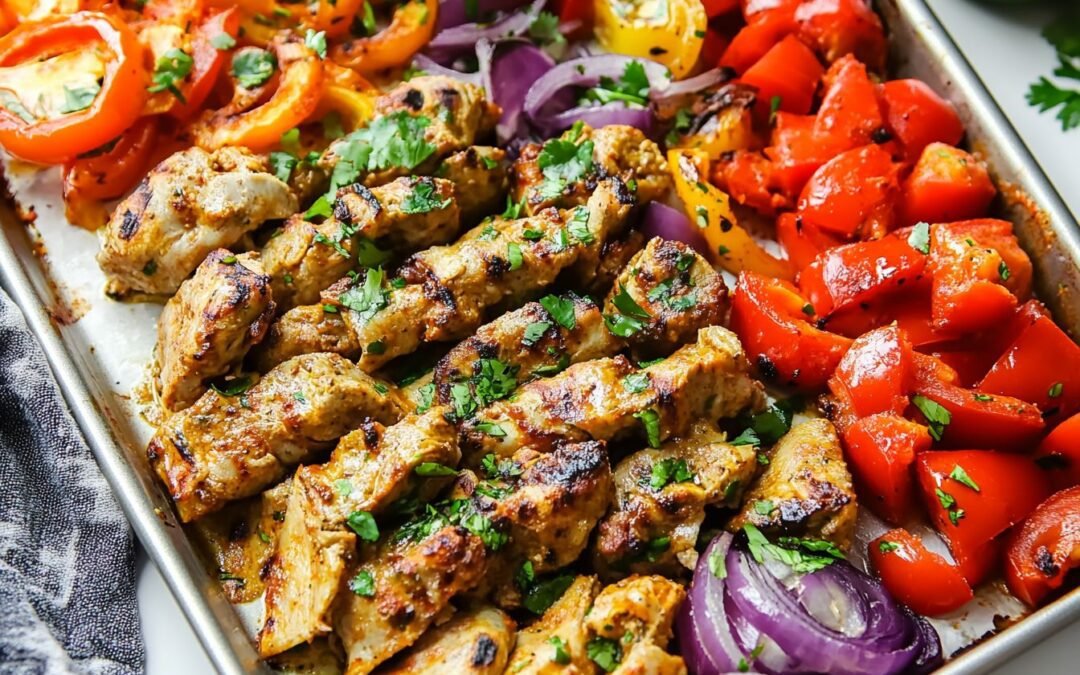I love hummus – it’s such a versatile and tasty dish that can be enjoyed in so many different ways. But have you ever tried hummus with lamb ragu? This delicious twist on the classic Middle Eastern dip is a real game-changer.
To make this dish, you’ll need to start by making the hummus itself. Don’t worry, it’s not as difficult as it might sound – all you need are some dried garbanzo beans, garlic, lemon juice, tahini, and a few other key ingredients. Once you’ve got your hummus base sorted, it’s time to move on to the lamb ragu. This hearty meat sauce is made with ground lamb, vegetables, tomato paste, and a range of aromatic spices.
When the two are combined, the result is a truly delicious and satisfying dish that’s perfect for sharing with friends and family. Whether you’re looking for a tasty appetizer or a hearty main course, hummus with lamb ragu is sure to hit the spot. So why not give it a try and see for yourself just how delicious this dish can be?
Origins of Hummus with Lamb Ragu
Historical Background
Hummus origin can be traced back to ancient Egypt, where chickpeas were a staple food. The dish then spread throughout the Middle East and became popular in the Mediterranean region. Lamb ragu, is a traditional Italian dish that originated in Bologna, Italy, and is often served with pasta.
The combination of hummus and lamb ragu is a relatively new concept that has gained popularity in recent years. It is believed to have originated in the United States, where chefs began experimenting with different flavor combinations.
Cultural Significance
Hummus with lamb ragu is a dish that brings together two distinct culinary traditions. It is a reflection of the diverse cultural influences that have shaped the Middle East and the Mediterranean region.
In Middle Eastern culture, hummus is a staple food that is often served as an appetizer or a side dish. It is a symbol of hospitality and is often shared with friends and family.
In Italian culture, lamb ragu is a hearty and comforting dish that is often served on special occasions. It is a symbol of family and tradition.
When these two dishes are combined, they create a unique and flavorful dish that celebrates the cultural diversity of the region. Hummus with lamb ragu is a perfect example of how food can bring people together and bridge cultural divides.
Ingredients:
Hummus:
- 1 pound of dried garbanzo beans
- 1 tbsp plus 3 tsp of baking soda, separated
- 8 peeled cloves of garlic
- 5 tbsp of lemon juice
- 4 tsp of kosher salt
- 1/2 tsp of ground cumin
- 8 tbsp of mixed well tahini
- 5 tbsp of extra virgin olive oil
Lamb Ragù:
- 6 tbsp of duck fat (or extra virgin olive oil)
- 2 pounds of ground lamb shoulder
- 1 diced very small large carrot
- 1/2 diced very small of medium onion
- 1/2 diced very small stalk of celery
- 1 clove minced garlic
- 1/4 cup of tomato paste
- 1/2 cup of red wine
- 2 minced sprigs thyme, leaves only
- 2 cups of chicken stock
- 1/2 cup of tomato purée
- 2 tsp of salt
- 1/2 tsp of ground caraway seeds
- 1/4 tsp of ground black pepper
- 1/4 tsp of ground cumin
- 2 tbsp of cold butter
- 1/4 cup of harissa (storebought or homemade)
How to Make Hummus with Lamb Ragù?
Preparing the hummus
- Put the chickpeas, 2 teaspoons of baking soda, and 6 cups of water in a big bowl. Let it sit in the fridge for 12 hours. When done, drain the beans and transfer them to a large baking pan.
- Heat the oven to 400°F. Sprinkle the soaked chickpeas with 1 tablespoon of baking soda. Roast in the oven for 15 minutes, stirring occasionally. Take them out, rinse off the extra baking soda in a colander, and put them in a large pot.
- In a large pot, combine the soaked chickpeas with 10 cups of water, garlic cloves, and the remaining teaspoon of baking soda. Heat it over medium heat until it simmers. Cover and cook for an hour, stirring every 20 minutes. Skim off the skins that float to the top. The chickpeas should be tender. Drain and blend them with the cooked garlic in a food processor for about 5 minutes.
- While the processor is running, pour in 1/4 cup water, lemon juice, salt, and cumin. Keep blending until it’s super smooth. Gradually add the tahini, then the olive oil. Aim for a light, fluffy texture. Serve it fresh or refrigerate for 2 days.
Making the lamb ragù:
- In a sturdy pot on high heat, melt the fat until it’s smoking. Add the lamb evenly without stirring. Let it cook until the juices evaporate and it sizzles. Stir once, then reduce the heat and let it cook undisturbed on medium heat.
- After about 10 minutes, when the meat is uniformly golden, add the carrots, onions, celery, and garlic, giving everything a good stir to thoroughly combine. Leave the pot alone for 4 to 5 minutes, until the vegetables have softened and evenly browned.
- Stir in the tomato paste and let it toast in the pot until it releases a roasted aroma. Add the wine and thyme, letting it reduce for 1 to 2 minutes. Once the wine blends in, add the tomato purée, chicken stock, salt, and spices. Lower the heat, cover the pot, and let it simmer for about 1 hour, stirring occasionally.
- When the meat is tender and the veggies are nearly gone with no liquid left, taste and adjust the salt if needed. Take the pot off the heat and stir in the butter until it melts into the ragù.
- Serve a cup of hummus on a plate, create a well in the center, and spoon half a cup of ragù into it. Top with harissa and serve with a warm pita.
Serving Suggestions
Plating
When serving hummus with lamb ragu, the presentation is just as important as the taste. I like to start by spreading the hummus evenly on a large platter, creating a shallow well in the center for the lamb ragu. Then, I spoon the warm lamb ragu into the well and sprinkle some chopped parsley or cilantro on top for a pop of color. I also like to drizzle some olive oil and sprinkle some paprika over the hummus for added flavor and visual appeal.
Accompaniments
While hummus with lamb ragu is delicious on its own, there are a few accompaniments that can take it to the next level. I like to serve it with warm pita bread or crispy pita chips for dipping. Fresh vegetables like sliced cucumbers, cherry tomatoes, and bell peppers also make great dipping options. For a more substantial meal, I like to serve it with a side of rice or couscous and a simple salad dressed with lemon juice and olive oil.
Overall, serving hummus with lamb ragu is a great way to impress your guests or enjoy a flavorful and satisfying meal at home. With a little creativity and attention to detail, you can create a beautiful and delicious dish that everyone will love.
Pairing and Wine Selection
There are a few wine options that can complement the flavors of the dish. As a wine enthusiast, I recommend trying out red and white wines to find the perfect match for your taste.
Red Wines
For those who prefer red wines, I suggest trying out a medium-bodied wine with a fruity flavor. A Pinot Noir or a Beaujolais would be a great option to pair with the lamb ragu. These wines have a light tannin structure and a fruity taste that can complement the rich flavors of the dish.
If you prefer a bolder wine, a Syrah or a Cabernet Sauvignon can also be a great choice. These wines have a strong tannin structure and a bold flavor that can stand up to the rich flavors of the lamb ragu.
White Wines
If you prefer white wines, I recommend trying out a full-bodied white wine with a buttery flavor. A Chardonnay or a Viognier would be a great choice to pair with the hummus and lamb ragu. These wines have a creamy texture and a buttery taste that can complement the rich flavors of the dish.
Another great option for white wines is a Sauvignon Blanc. This wine has a crisp acidity and a light flavor that can balance out the richness of the lamb ragu.
Overall, when selecting a wine, it’s important to choose a wine that can complement the flavors of the dish. Whether you prefer red or white wines, there are plenty of options to choose from that can enhance the flavors of this delicious dish.
Variations and Substitutes
Vegetarian Alternatives
As much as I love lamb ragu, I understand that not everyone enjoys meat. Fortunately, some great vegetarian alternatives can be used in place of the lamb ragu. Some of my favorites include roasted vegetables, such as eggplant or zucchini, or a mix of sautéed mushrooms and onions. Another option is to use a bean-based ragu, such as chickpeas or lentils. These alternatives will provide a texture and depth of flavor similar to the dish.
Spice Adjustments
If you prefer a milder or spicier version of this dish, there are a few adjustments you can make. For a milder version, reduce the amount of harissa or chili flakes in the lamb ragu. You can also add more tahini or lemon juice to the hummus to balance out the spice. For a spicier version, increase the amount of harissa or chili flakes in the lamb ragu. You can also add some cayenne pepper or hot sauce to the hummus. Just be sure to taste as you go to avoid making the dish too spicy.
Overall, there are plenty of variations and substitutes that can be used to make this dish your own. Whether you’re a vegetarian or just looking to adjust the spice level, there are plenty of options to choose from. So don’t be afraid to get creative and experiment with different ingredients and flavors!
Storage and Reheating Tips
Refrigeration
To store hummus with lamb ragu, I transfer it to an airtight container and place it in the refrigerator. The hummus can be stored for up to 3 days. However, I recommend consuming it within 2 days for optimal freshness.
It’s important to note that the lamb ragu should be removed from the hummus before storing it in the refrigerator. This will prevent the lamb from becoming dry and overcooked.
Reheating Procedures
When reheating hummus with lamb ragu, I prefer to use the stovetop method. I heat a small amount of olive oil in a pan over medium heat. Once the oil is hot, I add the lamb ragu and stir it for a few minutes until it’s heated through.
Alternatively, the hummus with lamb ragu can be reheated in the microwave. I transfer the hummus to a microwave-safe dish and cover it with a damp paper towel. I microwave it for 30 seconds at a time, stirring in between, until it’s heated through.
It’s important to note that the texture of the hummus may change slightly after reheating. To maintain the creamy texture, I recommend adding a small amount of olive oil or water to the mixture before reheating.
Common Mistakes to Avoid
1. Using Canned Chickpeas
While canned chickpeas are convenient, they don’t have the same texture and flavor as freshly cooked chickpeas. I recommend starting with dried chickpeas and cooking them yourself. This will give you a creamier and more flavorful hummus.
2. Not Adding Enough Olive Oil
Olive oil is a key ingredient in hummus, and it’s important to use enough of it to achieve the right texture. If your hummus is too thick, try adding more olive oil a little at a time until you reach the desired consistency.
3. Overcooking the Lamb Ragu
Lamb ragu is a delicious addition to hummus, but it’s important not to overcook it. Lamb can become tough and dry if it’s cooked for too long, so be sure to keep an eye on it while it’s simmering.
4. Skipping the Tahini
Tahini is a crucial ingredient in hummus, and skipping it can result in a bland and unappetizing dish. Be sure to add tahini to your hummus for a nutty and complex flavor.
5. Not Adjusting Seasoning
Hummus with lamb ragu should be well-seasoned with salt, pepper, and other spices. Don’t be afraid to adjust the seasoning to your liking. Taste as you go and add more salt, pepper, or spices as needed.
Conclusion
I must say, after trying this hummus with lamb ragu recipe, I am thoroughly impressed. The combination of the smooth and creamy hummus with the rich and flavorful lamb ragu is simply divine. It’s a perfect dish for any occasion, whether it’s a family dinner or a party with friends.
One of the best things about this recipe is how easy it is to make. With just a few simple ingredients, you can create a dish that is sure to impress. Plus, it’s a great way to add some variety to your usual hummus routine.
I also appreciate how versatile this dish is. You can serve it as an appetizer or a main course, depending on your preference. It’s also a great dish for sharing, as it can be easily scooped up with pita bread or crackers.
Overall, I highly recommend trying this hummus with lamb ragu recipe. It’s a delicious and easy-to-make dish that is sure to impress your guests and satisfy your cravings.
As already mentioned, pita is the best pairing with hummus.
Get this Arabic kuboos bread recipe (by clicking the image below):
